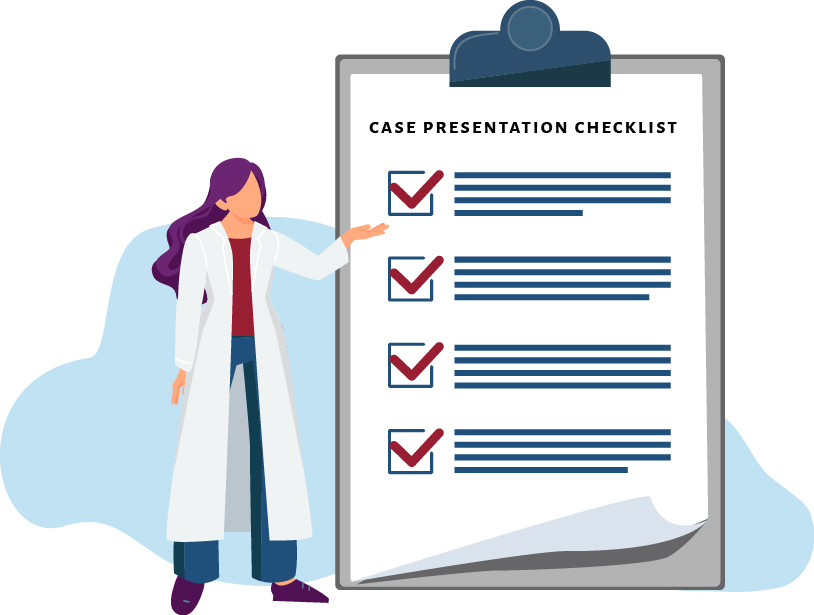Public Health modules

Bugs and Drugs review: March 25, 2025

Transcript of session 100:01:01.050 –> 00:01:03.019Skye McKennon (she/her): Hi, Connie and Joanna. 200:02:09.960 –> 00:02:12.609SMED 175 Podium: Dr. Mckinnon. Can you hear me? 300:02:12.610 –> 00:02:14.210Skye McKennon (she/her): Now I can. Hi! 400:02:14.514 –> 00:02:24.850SMED 175 Podium: I had to turn on my mic. Do you want to take over screen sharing for your slides, […]
Microbiology and Infectious Disease reviews

Click here for more review materials
Hypopituitarism
Additional detailed videos Osmosis: Hypopituitarism (~9 min.) Osmosis: Hypopituitarism: Pathology review (~20 min.) High-yield handouts Activity Activity 1: Flash cards (Tap to open.)
Perineum
Optional Reading Clinically Oriented Anatomy, 9th ed., Perineum section. The perineum is the inferior-most region of the trunk, located between the thighs and buttocks. In the anatomic position the perineum is partially hidden because the thighs are together. When the thighs are abducted, the perineum has a diamond shape. Due to the forward tilt of […]
Development of genital organs (internal and external genitalia)
Optional Reading The Developing Human: Clinically Oriented Embryology, 12th ed., chapter 12, Development of genital system section through Anomalies of uterine tubes, uterus, and vagina. The adult organs that will be discussed in this chapter are the gonads and the accessory sex organs. Testicular Based Ovo-uterine Based In the phenotypic male, the gonad is the […]
Case Presentation Checklist: Year 2

Case Presentations are a critical skill for your clerkship years and beyond. A quality case presentation efficiently and thoroughly presents the patient to your attendings. As you develop your knowledge, you will build and refine your assessment and plan. In your first year, your assessment and plan may be limited, but it is always good […]
The pleura and lungs
Optional Reading Moore, Clinically Oriented Anatomy, 9th ed., Viscera of thoracic cavity section through Clinical box: Pleurae, lungs, and tracheobronchial tree; The Developing Human: Clinically Oriented Embryology, 11th ed., chapter 10. Pleura and pleural sacs Pleura is a serous membrane associated with the lungs. Pleura comes in two varieties: Visceral pleura Visceral pleura invests each […]
The larynx
Optional Reading Moore, Clinically Oriented Anatomy, 9th ed., Viscera of neck: Larynx section through Nerves of larynx. The larynx is an organ of the respiratory system and the part of the airway situated between the pharynx and trachea. It is located anterior to the lower pharynx and esophagus, between the levels of C-4 to C-6 […]
Psychiatry Resources

These resources will help you when you encounter patients with behavioral health needs, whether in a psychiatry setting or in a different clinical setting (e.g., family medicine, internal medicine, emergency medicine). Psychiatric history and physical Identifying information or demographic data At minimum name and date of birth, single/married/divorced, race, reference to any prior inpatient or […]